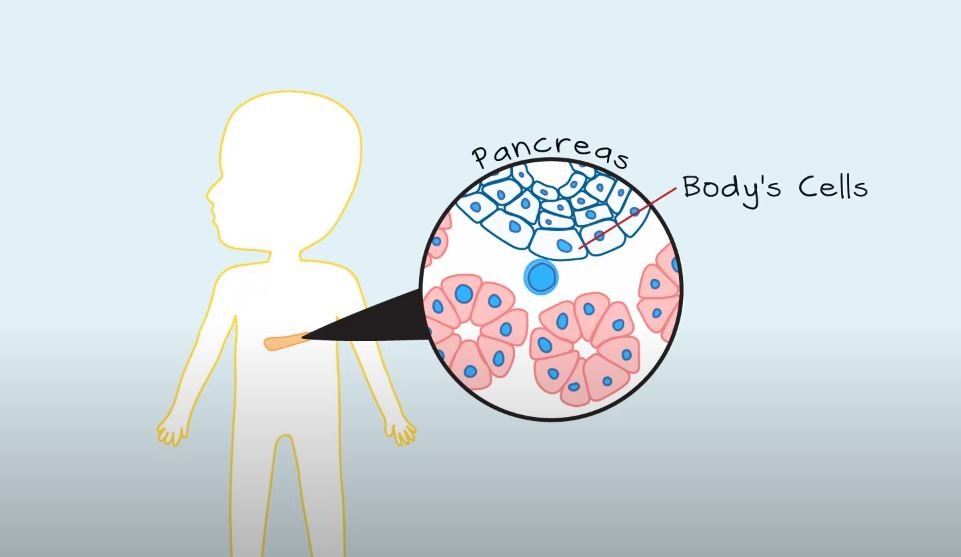Bowen disease is a precancerous skin condition that acts as an early warning sign before squamous cell carcinoma develops. It is frequently disregarded but is astonishingly treatable. It manifests as a persistent red, scaly patch that many people put off getting medical help because they think it’s psoriasis or eczema. Bowen disease is a localized carcinoma in situ, which means it hasn’t yet spread to deeper layers of the skin, in contrast to ordinary skin irritations. Although it is not life-threatening right away, if treatment is not received, there is a slight but genuine chance that it will proceed to aggressive malignancy.
Key Facts About Bowen Disease
| Feature | Details |
|---|---|
| Type | Early-stage squamous cell carcinoma in situ |
| Appearance | Red, scaly patch; irregular borders |
| Location | Sun-exposed areas (legs, face, hands) |
| Risk Factors | UV exposure, HPV infection, weakened immune system |
| Symptoms | Non-healing patch, possible itching or bleeding |
| Treatment Options | Cryotherapy, topical chemotherapy, laser therapy, surgery |
| Prognosis | Excellent if treated early, risk of squamous cell carcinoma if untreated |
| Reference | NHS |
Long-term exposure to ultraviolet (UV) radiation is still one of the main causes of this illness. Those who work outside, have fair skin, or use tanning beds frequently are especially at danger. But sun exposure isn’t the only factor that causes Bowen disease to manifest. Viral infections are a lesser-known but no less important component, as some strains of the human papillomavirus (HPV) have also been connected to cases that arise in genital areas.
Susceptibility is also increased by a weakened immune system. Bowen disease and associated precancerous conditions are more common in people receiving chemotherapy, those with autoimmune diseases, and organ transplant recipients using immunosuppressants. The body finds it more difficult to control aberrant skin cell growth as immune defenses deteriorate, which raises the possibility that the condition will advance to aggressive squamous cell carcinoma.
Recognizing Symptoms and Seeking Diagnosis
The usual appearance of Bowen disease is a slow-growing lesion with an uneven, scaly surface that appears flat or slightly elevated. Some people experience moderate discomfort or itching, although the majority of instances are asymptomatic. In contrast to benign skin disorders, Bowen disease frequently lasts for months or even years and is not cured by topical steroids.
Misdiagnosis is frequent due to its similarity to psoriasis, eczema, or fungal infections. A biopsy is frequently performed by dermatologists to verify the existence of dysplastic squamous cells. Early detection is still essential since the lesion has a higher chance of developing into invasive squamous cell carcinoma the longer it is left untreated.
Current Treatment Strategies for Bowen Disease
Bowen disease responds well to a variety of therapies; the size, location, and personal preference of the lesion will determine which therapy is best.
A common first-line treatment is cryotherapy, which involves applying liquid nitrogen to the lesion to freeze and kill aberrant cells. For small, distinct patches, this minimally intrusive method works especially effectively. Cryotherapy is less suitable for cosmetically delicate areas like the face, though, as treatment may result in localized blistering and scarring.
Topical therapies like imiquimod or 5-fluorouracil (5-FU) provide non-invasive options for people with numerous or bigger lesions. These creams based on chemotherapy reduce the size of lesions over a period of weeks by either directly targeting malignant cells or boosting the immune system. Despite their effectiveness, these treatments frequently result with transient peeling, redness, and irritation that simulate a severe sunburn as it heals.
One particularly novel method is photodynamic treatment (PDT). In order to eliminate aberrant cells while protecting the surrounding healthy tissue, a photosensitizing chemical is applied to the lesion before it is exposed to a particular light source. For big or numerous patches, this method is very helpful because it provides a less scarring option than surgical removal.
Surgical excision may be required in certain situations, particularly when lesions show evidence of deeper penetration or do not improve with non-invasive therapies. Surgery has the highest cure rate since it removes the damaged tissue with clean margins, but it may also involve stitches and take longer to recover from.
Prevention and the Importance of Sun Protection
The best defense against Bowen disease is still shielding the skin from UV rays, as awareness of the need to prevent skin cancer grows. Dermatologists highly advise avoiding peak sun hours, wearing protective clothing, and applying sunscreen every day. Regular dermatological examinations can considerably lower the chance of Bowen disease developing into aggressive cancer in higher-risk patients.
Additionally, given the link between HPV and Bowen disease, immunization against high-risk HPV strains may be a useful prophylactic strategy. Although studies are still being conducted, public health professionals agree that fewer skin disorders linked to HPV may result in fewer cases of genital Bowen disease.
Public Awareness and Early Detection
Prominent people like Hugh Jackman have talked candidly about their own experiences with skin cancer, highlighting the value of routine skin examinations and prompt treatment. Public awareness has greatly increased as a result of increased lobbying efforts, which has improved treatment outcomes and led to earlier diagnoses.
Early detection is getting more accurate and widely available thanks to continuous developments in non-invasive imaging methods and AI-driven dermatology. Bowen disease is still very treatable and preventative thanks to these advancements, careful skincare practices, and regular tests.







